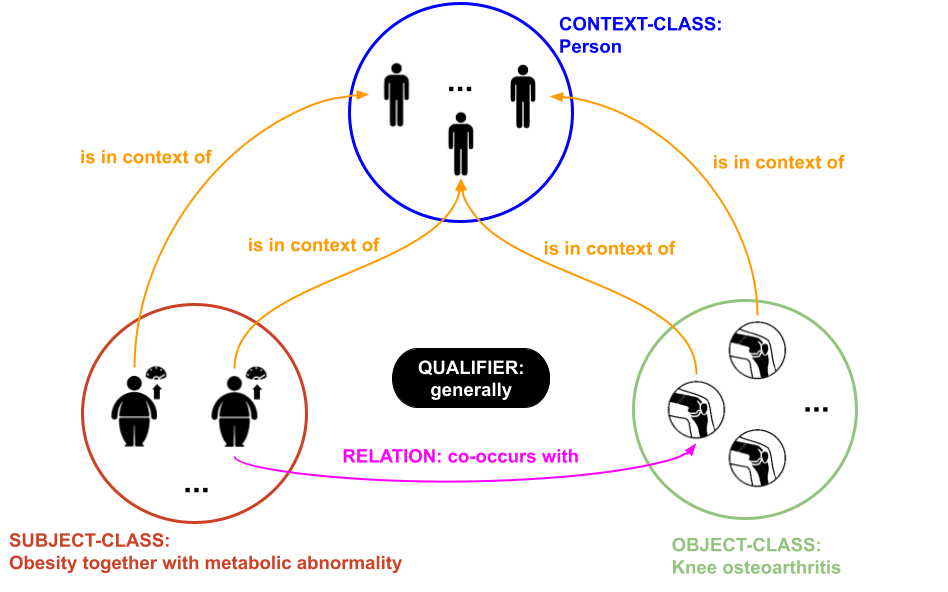The use of semantic technologies is gaining significant traction in science communication with a wide array of applications in disciplines including the Life Sciences, Computer Science, and the Social Sciences. Languages like RDF, OWL, and other formalisms based on formal logic are applied to make scientific knowledge accessible not only to human readers but also to automated systems. These approaches have mostly focused on the structure of scientific publications themselves, on the used scientific methods and equipment, or on the structure of the used datasets. The core claims or hypotheses of scientific work have only been covered in a shallow manner, such as by linking mentioned entities to established identifiers. In this research, we therefore want to find out whether we can use existing semantic formalisms to fully express the content of high-level scientific claims using formal semantics in a systematic way. Analyzing the main claims from a sample of scientific articles from all disciplines, we find that their semantics are more complex than what a straight-forward application of formalisms like RDF or OWL account for, but we managed to elicit a clear semantic pattern which we call the 'super-pattern'. We show here how the instantiation of the five slots of this super-pattern leads to a strictly defined statement in higher-order logic. We successfully applied this super-pattern to an enlarged sample of scientific claims. We show that knowledge representation experts, when instructed to independently instantiate the super-pattern with given scientific claims, show a high degree of consistency and convergence given the complexity of the task and the subject. These results therefore open the door for expressing high-level scientific findings in a manner they can be automatically interpreted, which on the longer run can allow us to do automated consistency checking, and much more.
翻译:语义技术的使用在科学交流中正日益获得显著的吸引力,科学交流中包括生命科学、计算机科学、社会科学等学科的广泛应用。RDF、OWL和其他基于正式逻辑的正规主义等语言被用于使科学知识不仅为人类读者提供,而且为自动化系统提供。这些方法主要侧重于科学出版物本身的结构、所使用的科学方法和设备,或用过的数据集的结构。科学工作的核心主张或假设仅以浅薄的方式被覆盖,例如将所述实体与既定的识别符号连接起来。因此,在这项研究中,我们想弄清楚,我们是否可以利用现有的语义化形式主义,以系统化的方式充分表达高层次科学主张的内容。分析我们从所有学科的科学文章样本中得出的主要主张,我们发现,它们的语义比它们直截然地应用诸如RDF或 OWL 账户等形式主义的方式要复杂得多,但是我们设法找到清晰的语义学模式,我们直截了直截的直截了地将“超级”格式化论调,我们在这里可以将“高层次”的理论解释,我们如何用直截地展示了“超偏直截的逻辑的高度的顺序显示。我们在这里显示,我们能够展示了这种直截地展示了这种直截的逻辑的高度的逻辑的高度的逻辑的理论的直向方向的直截。







